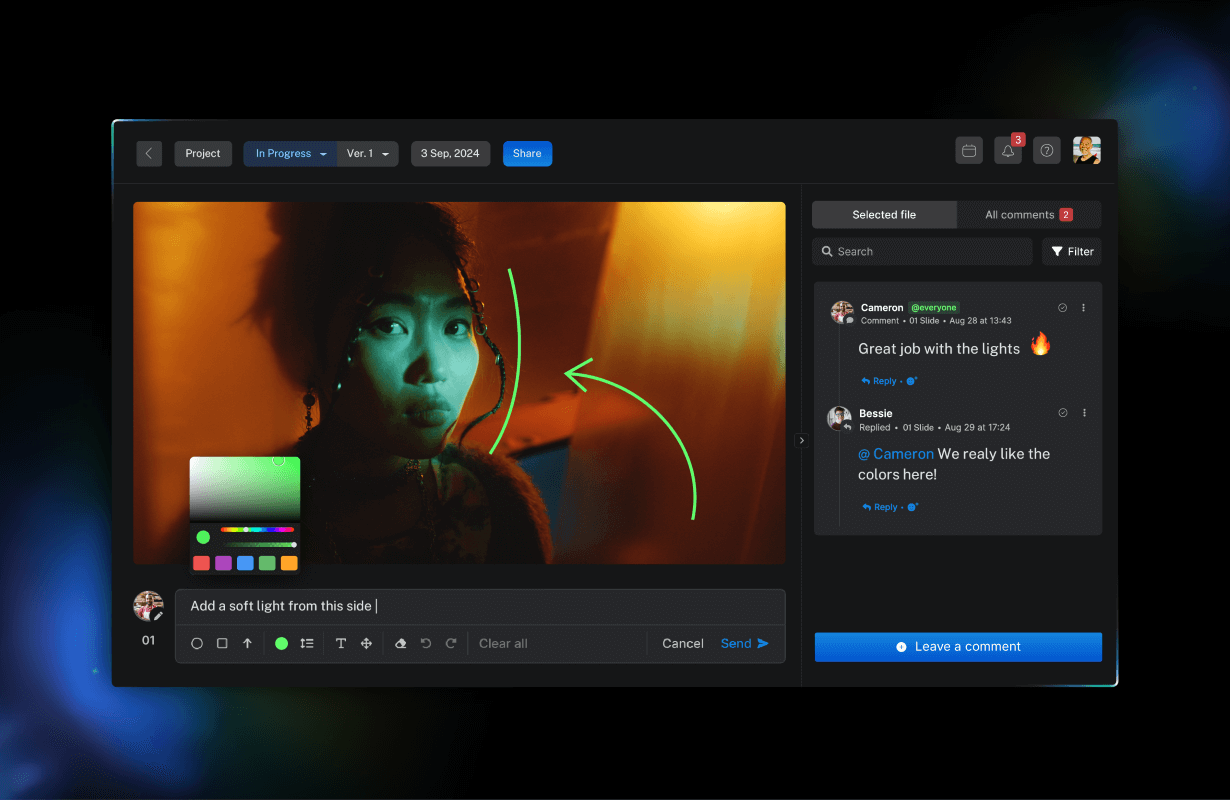- Marketing in the Age of Machines
- Posts
- How Did Gymshark Turn Authenticity into a Global Fitness Movement?
How Did Gymshark Turn Authenticity into a Global Fitness Movement?
A weekly email with the best of marketing, AI, and business.

You are receiving this email because you subscribed to Castleberry’s newsletter. https://www.castleberrymedia.com/
Welcome to Marketing in the Age of Machines. Each week, we bring you the following:
👉 An innovative marketing strategy that has worked for others.
👉 The 3 most relevant contents in marketing, AI, and business that will help you understand the ever-changing landscape.
👉 3 tools for the Marketer of the Future.
👉 The quote of the week. A simple take on everyday marketing concepts.
Problem
The fitness apparel industry was dominated by traditional brands like Nike and Adidas, whose marketing strategies relied heavily on costly advertising and celebrity endorsements. However, these brands failed to address a key issue within gym culture: most gym wear at the time was poorly designed for fitness enthusiasts who wanted clothes that showcased their hard work. While traditional brands focused on flashy marketing, they overlooked the growing influence of online fitness communities and the authentic connections within them, leaving a gap for a brand that truly understood the gym-goer’s lifestyle.
Solution
Ben Francis, a young entrepreneur with a background in coding and a passion for fitness, seized this opportunity by founding Gymshark. Instead of following traditional marketing routes, Ben invested in influencer marketing by sending his gym apparel to popular fitness YouTubers, allowing the brand to gain credibility and reach an engaged audience. He also focused on community-driven branding, collecting data on customer preferences and engaging gym culture directly through events and social media. Ben’s decision to step down as CEO in 2017 to bring in experienced leadership from Reebok further strengthened Gymshark’s global presence, demonstrating his commitment to the brand’s growth over personal ego.
Lesson
The Gymshark story highlights the power of authenticity and community in modern branding. In today’s market, consumers are drawn not just to products but to brands that reflect their own values and passions. By sharing his entrepreneurial journey openly and creating a brand that resonated with fitness enthusiasts, Ben transformed Gymshark into a movement rather than just a company. This success underscores the importance of personal storytelling, community building, and a willingness to adapt in creating a brand that endures.
You're looking at one of the youngest self-made billionaires ever.
While Nike, Adidas & Reebok spent millions on outdated marketing...
He built a $1.4 Billion empire using methods they wouldn't dream of.
The Gymshark blueprint to blowing up any business is unmissable🧵
— Tim Carden (@timjcarden)
9:07 PM • Oct 29, 2024
1/. Threads just had its biggest month ever
After its explosive launch in July 2023, when Threads attracted over 100 million users by leveraging Instagram’s vast audience, the platform quickly lost steam. However, recent data shows that it’s slowly regaining traction, with a record 21.7 million US website visits last month. Although Threads is far from surpassing Twitter (now X), it has achieved 175 million users and is making incremental progress. Nevertheless, significant challenges remain, such as managing "engagement bait" tactics that create divisive or inflammatory content. For marketers, these updates are essential to understanding the evolving dynamics and potential engagement opportunities on Threads.
Insights for B2B Marketing Directors:
The prevalence of inflammatory content on Threads can impact brand reputation. It’s essential to evaluate brand safety features and manage engagement carefully to avoid associating with divisive content.
With Threads linked to Instagram, brands can integrate strategies across both platforms to reach a larger, engaged audience. Coordinating content on Instagram and Threads may improve visibility and tap into their respective user bases effectively.
Read the full post here:
Are you using the latest strategies for B2B Lead Generation?
Take our 9-question quiz to gain insights into whether your brand is using the latest B2B Lead Generation strategies.
2/. Generating Consistent Leads: Strategies to Drive B2B Revenue Growth
For businesses looking to consistently attract new clients, generating a steady stream of 3-4 leads per day could transform revenue, potentially adding up to $500,000 annually if managed effectively. Achieving this starts with the right lead magnets—tools that draw interest and help businesses capture qualified leads. The accompanying video dives into actionable steps for creating effective lead magnets that keep the pipeline full.
Watch the full post here:
3/. 8 Key Lessons for Successful Lead Generation on LinkedIn
After generating over 2 million impressions and 100 posts on LinkedIn, a LinkedIn lead-generation strategy has become a significant source of new business. Key lessons emphasize storytelling, talking openly about products, balancing content types, using engaging hooks, and providing educational resources for the target audience. From transparently sharing financial numbers to capturing content ideas from daily interactions, these strategies have proven effective in building brand visibility and a steady flow of leads on LinkedIn.
Watch the full post here:
👉 Tools in the Age of Machines:
Zepic: Platform that enhances employee experience through performance management, feedback, and team engagement tools.
Krock.io: Helps businesses manage and optimize their projects, teams, and workflows with a focus on collaboration and performance tracking.
Argil.ai: Platform that converts written articles into engaging videos, making it easier to repurpose content for different media formats.
Success in B2B marketing comes from focusing on what your audience values, not just what you want to sell.





